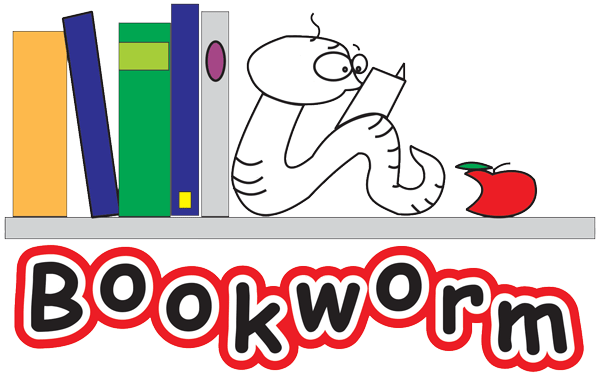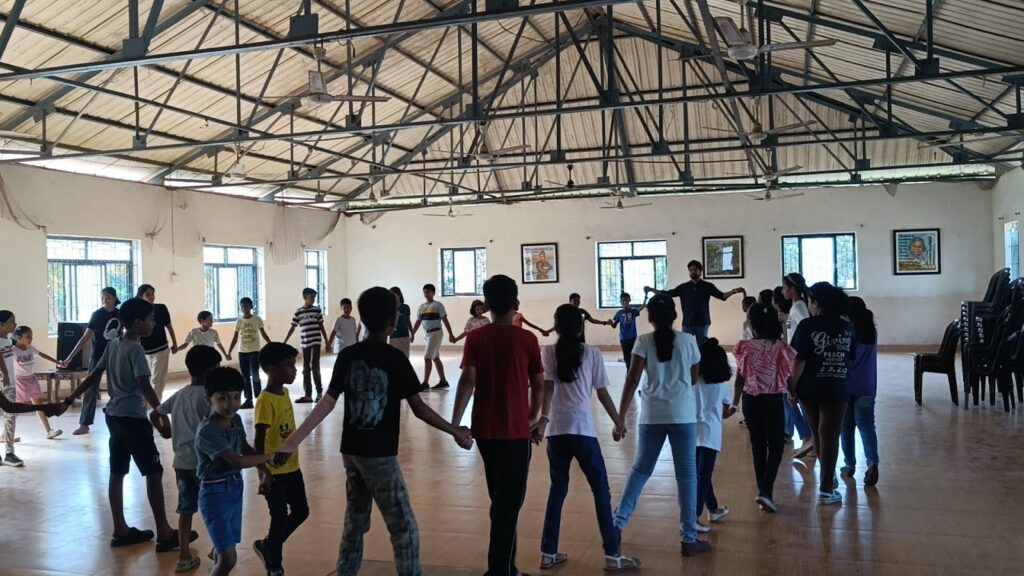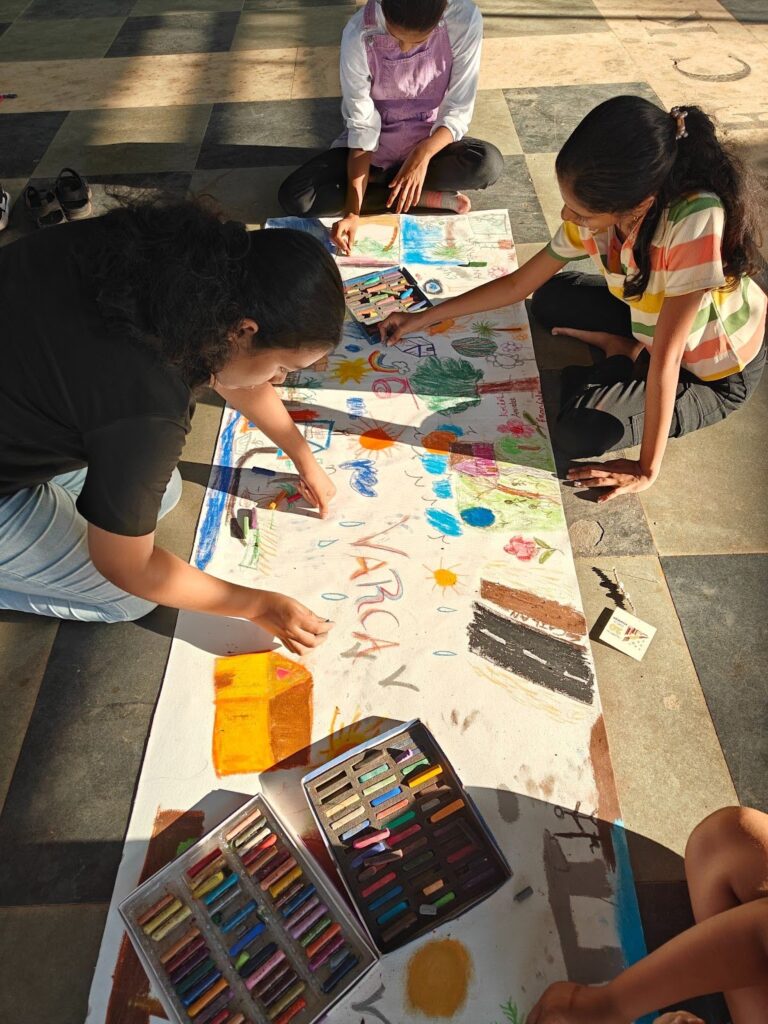Written by: Sinead Vaz
This May, we participated in the summer camp organised by the MLA of Benaulim. It was a week-long summer camp, with our team members travelling to seven constituencies, from Seraulim to Cavelossim in south Goa. This April we opened our first library is South Goa! Located near the railway tracks in Seraulim. It is a village near Colva and Benaulim and we were lucky that the summer camp also began here before moving onto its neighbours. Bookworm is rarely a quiet library and we wanted more children to experience that. Since we conducted the sessions with different children every day, we followed the same session plan with a few variations as per space, age group and number of children. We all started with a warm-up song and a round of introductions. The camp welcomed children aged 8 to 15 years. However, to conduct meaningful and impactful sessions, we decided to make two groups. With the rotating locations and children, we decided a rotating team would work better, especially in terms of the team’s engagement with the texts.
We read two stories to them, The Sweetest Mango by Malavika Shetty and The Watermelon Route by Quentin Gréban. We conducted some book browsing games in which a child was surprised to see a book that unfolded like a large landscape. She remarked that it couldn’t be a book. This opportunity was used to explain that at BW, we have different formats of books, and this one was just one of them. It was a wonderful moment of exploration and discovery for the children, reminding us of the power of picture books to captivate young minds.
The numbers fluctuated with each session. Sometimes we joined the groups again to play musical books. Sometimes the book browsing games took place with smaller groups. Watching and enabling the children to engage with the book in ways I take for granted was refreshing. In our session at Varca, we asked them to find the publisher, which was new to them. It was wonderful helping them explore and understand a page that is often ignored. I loved asking them to point out the year of publication and the varied answers we got. It adds another layer, it urges one to think of the context that surrounds the writing and publication of a book.
The Watermelon Route had children curious about the barter system in the story, especially the idea of buying animals with watermelons. They were not deterred by the fact that the elephant was exchanged for one watermelon. Gender stereotypes were questioned as well. In Benaulim, there were moments when the girls did not agree that they were big eaters, liked gifts, or were romantic. Some boys said they agreed, while many chose to say “no comment,” which came as a surprise, as they seemed hesitant to say anything that might spark a debate. The making of friendship bracelets was a great activity for the older age group. It was nice to see them making bracelets for their loved ones, but also for themselves. The seeded necklace from the story was a token of love, and I think a token of love to oneself can be counted as a friendship bracelet.
The Sweetest Mango jogged memories of grandma’s homemade mango pickle or curry. The children also shared that fruits in trees were eaten by bats, squirrels and even a monkey. The drawings that resulted from this were colourful and vibrant. Talking to them and asking them about their art got children out of their shells. A child from Carmona illustrated a mango tree bearing five mangoes, with himself and a friend underneath.. He explained how he had recently stoned five mangoes, shared two with his friend, and enjoyed the remaining three himself. I think the children connected with the stories, considering it was the season, and food is always a common ground.
Collaborative art was new to them, and they were happy to use the big canvas with very little rules. At Cavelossim, I demonstrated how soft pastel can be used, and everyone was excited. All 16 children only used soft pastels. We asked them to draw their village, which was a great idea given by one of our team members. While the beach was a constant in most of the canvas rolls, it was nice seeing what made each village unique, or what stood out most to the children. Fishing and the food carts were among my favourite drawings, but it was more the way they talked about these places and activities that made it so special.
While most team members had gone through the session plan, provided feedback and were confident in their ability to conduct the session, not everyone was. A quick debrief would have helped alleviate some of the doubts, instilled confidence in those who lacked it, and would have helped me identify the holes in my plan.
As a team, we interacted with 196 children over seven days. Personally, as a reader who grew up in a house of readers, I paid little attention to children’s books as the years went by. But Bookworm has provided me with the means to engage with children’s literature in a way I would have never done so otherwise, including sharing this joy with others.




